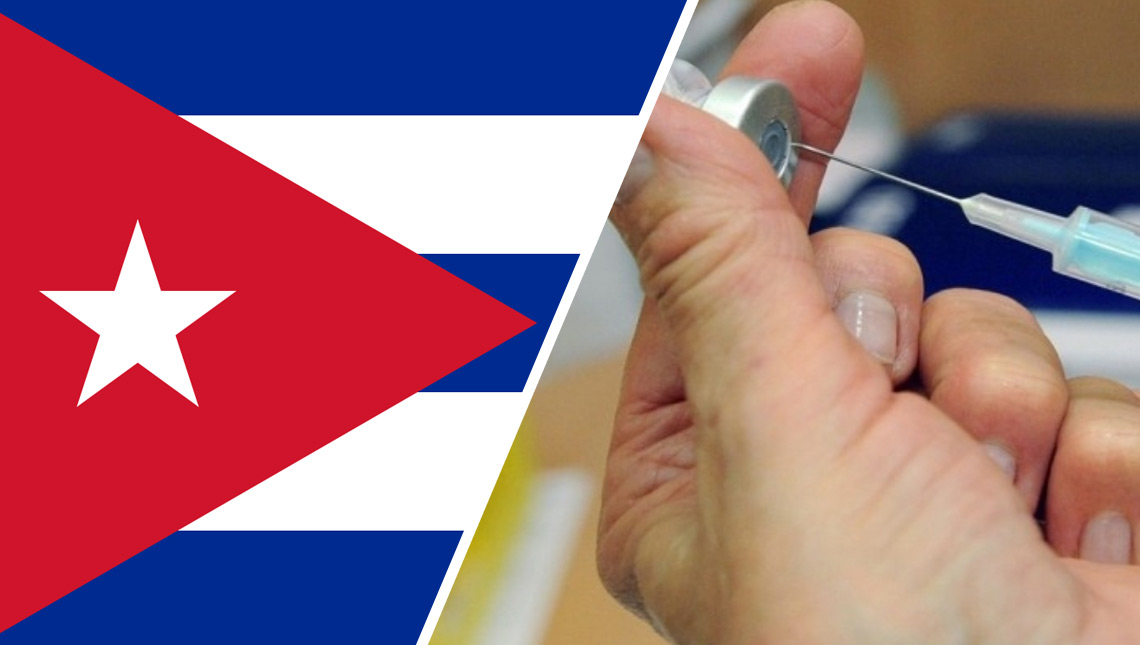
Havana, Oct 28.- The president of Cuba, Miguel Díaz-Canel, denounced that the United States blockade prevents access to necessary treatments for children with cancer, which marks the line between life and death.
Enough is enough, the president wrote in his account in X; At the same time, he detailed that about 450 cases of childhood cancer are diagnosed on the island each year, and despite the country's efforts, the priority and love with which these children are cared for, the blockade continues to be a genocidal policy.
For his part, the Foreign Minister of the Caribbean nation, Bruno Rodríguez, explained that, of the 1,152 children and adolescents with hearing disabilities in the Caribbean nation, 920 need prostheses.
The siege of the northern nation, he pointed out, makes the acquisition of hearing aids difficult and more expensive, as well as the import of batteries for these devices, mostly made in the United States.
According to the report Need to end the economic, commercial and financial blockade imposed by the United States of America against Cuba, currently more than 20 thousand Cuban families awaiting diagnoses of genetic diseases have not been able to receive proper care due to lack of access to the required technology.
The text, which will be presented at the United Nations on November 1 and 2, exemplifies that the American company Chroma prohibits the Caribbean country from accessing supplies for the Cyto-vision systems installed in national medical genetics centers.
Between March 1, 2022 and March 28, 2023, the blockade caused damages in the order of four thousand 867 million dollars, and in the specific case of the health sector the damages amounted to 239 million 803 thousand 690 dollars .
These severe limitations harm the quality of services provided to the Cuban population, as they generate delays, waiting lists to receive specialized care, increases in hospital stays and other negative effects.
An example of this is that infant mortality reported a rate of 7.5 per thousand live births in 2022, while, prior to 2019, it had managed to remain below five per thousand live births. (PL) (Photo: Archive)